Foot Traffic and Artificial Turf: How to Effectively Choose the Right Option for Your Needs
May 31, 2023
Many homeowners and business owners alike have made the switch to artificial grass landscaping for their residences and businesses due to its ability to look perfect with minimal maintenance and the positive impact that it has on water conservation. Nonetheless, it’s crucial to make sure that you are considering the amount of foot traffic your property will receive before investing in your artificial grass product. Selecting the right kind of turf grass for your property helps to save you both time spent on maintenance and money in the long run.
Make Sure To Choose the Right Kind of Backing
The backing of synthetic turf is what secures its fiber tufts into place. Turf backing is typically made from latex or polyurethane. The backing you choose for your synthetic grass plays a considerable role in the longevity of any artificial turf product, as some of the most durable synthetic turf products have thousands of pounds of resistance per square inch.
Choosing the right material of turf backing to support your property’s foot traffic is crucial. While latex backings may appear more durable due to their thickness and weight, that is not always the case. Cold latex backings are often prone to deterioration and crumbling.
If you anticipate heavy foot traffic, consider choosing polyurethane turf backing. This type of synthetic turf backing utilizes advanced synthetic grass technology that better locks in grass fibers to withstand heavy foot traffic. Polyurethane turf backing can withstand extreme temperatures, making it the ideal choice for your Phoenix residence or commercial property. Having solid backing is imperative for the lifespan of your synthetic turf.
Your Turf’s Face Weight Matters
The face weight of synthetic turf refers to the weight of the turf minus its backing material. The greater the face weight of the turf, the more dense the turf filaments are.
A greater face weight translates to a more durable synthetic grass product. If you’re expecting moderate to high traffic at your property, choosing a turf product with a face weight of 70 ounces or more is best. However, if your property receives a lesser volume of foot traffic (examples of this include residences and showcase landscaping), a face weight below 60 ounces will get the job done well.
The Importance of Pile Height
Pile height, or the measurement of fiber length, is a key factor in how well your synthetic grass can withstand foot traffic. Essentially, the shorter your turf’s pile height is, the more durable it will be.
Longer artificial grass provides a luxurious look and feel but can become matted and damaged if not maintained properly. For heavier foot traffic situations, a shorter pile height is ideal, whereas synthetic grass with a longer pile height can be ideal for residential properties if properly handled.
Infill Makes All The Difference
Infill is used during artificial grass installation to ensure the durability of your synthetic turf. High-quality infill works to protect backings, filaments and tuft lock, while also holding the grass filaments upright, enhancing both the look and the lifespan of the turf. Infill is key to all artificial turf installation, especially when it comes to heavy foot traffic properties. When artificial turf is installed with properly distributed infill, fibers become less prone to deteriorate or come loose.
Artificial Turf Solutions in Phoenix, AZ
Synthetic Grass Warehouse Phoenix proudly offers first-class synthetic grass wholesale and distribution to the Phoenix metropolitan area. If you want to learn more about which type of artificial grass is right for your commercial or residential space, contact SGW Phoenix today via our online contact form or call us at 800-571-1018. We would be happy to help you with all of your artificial grass needs!







